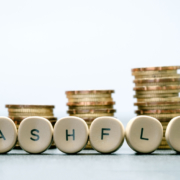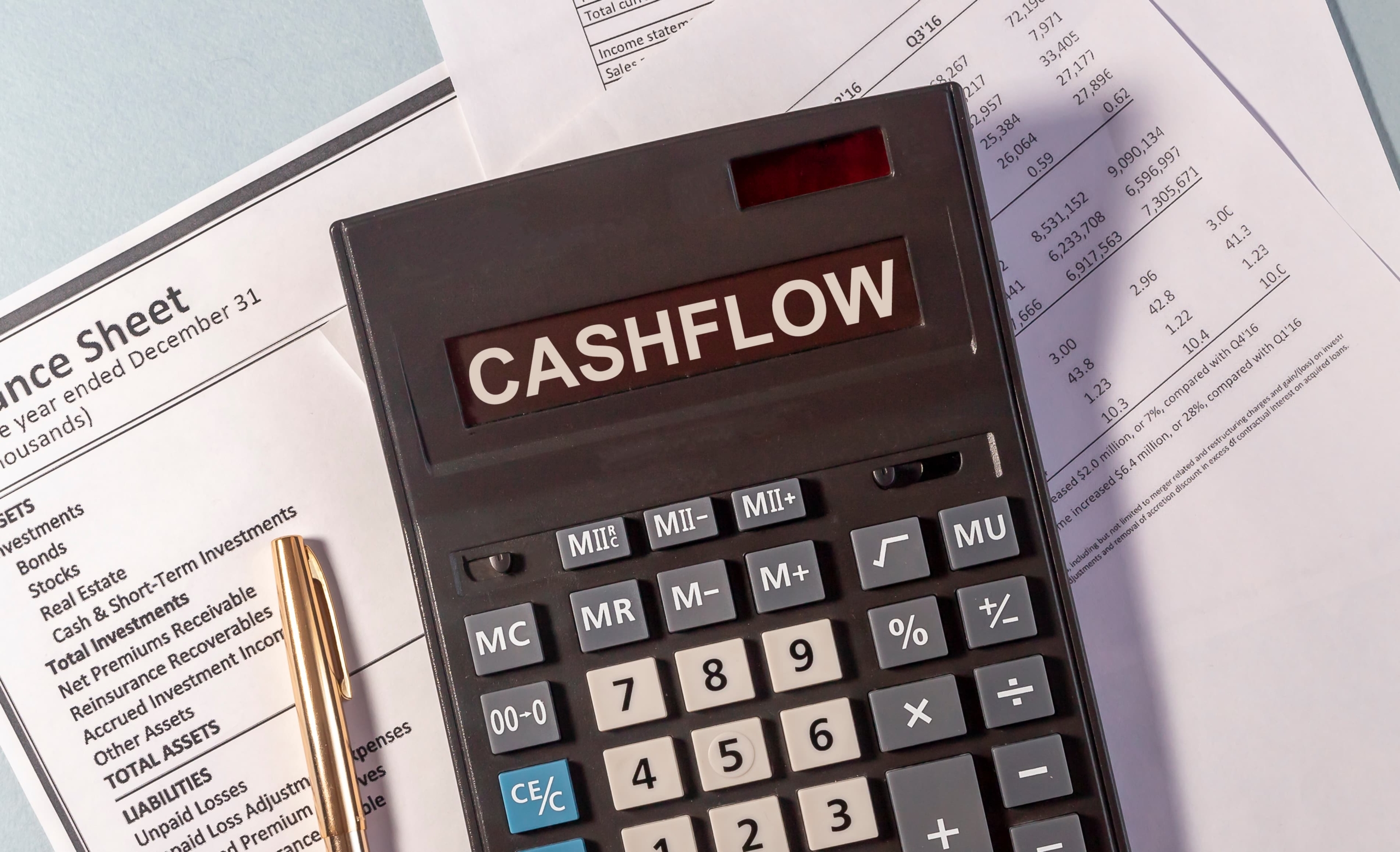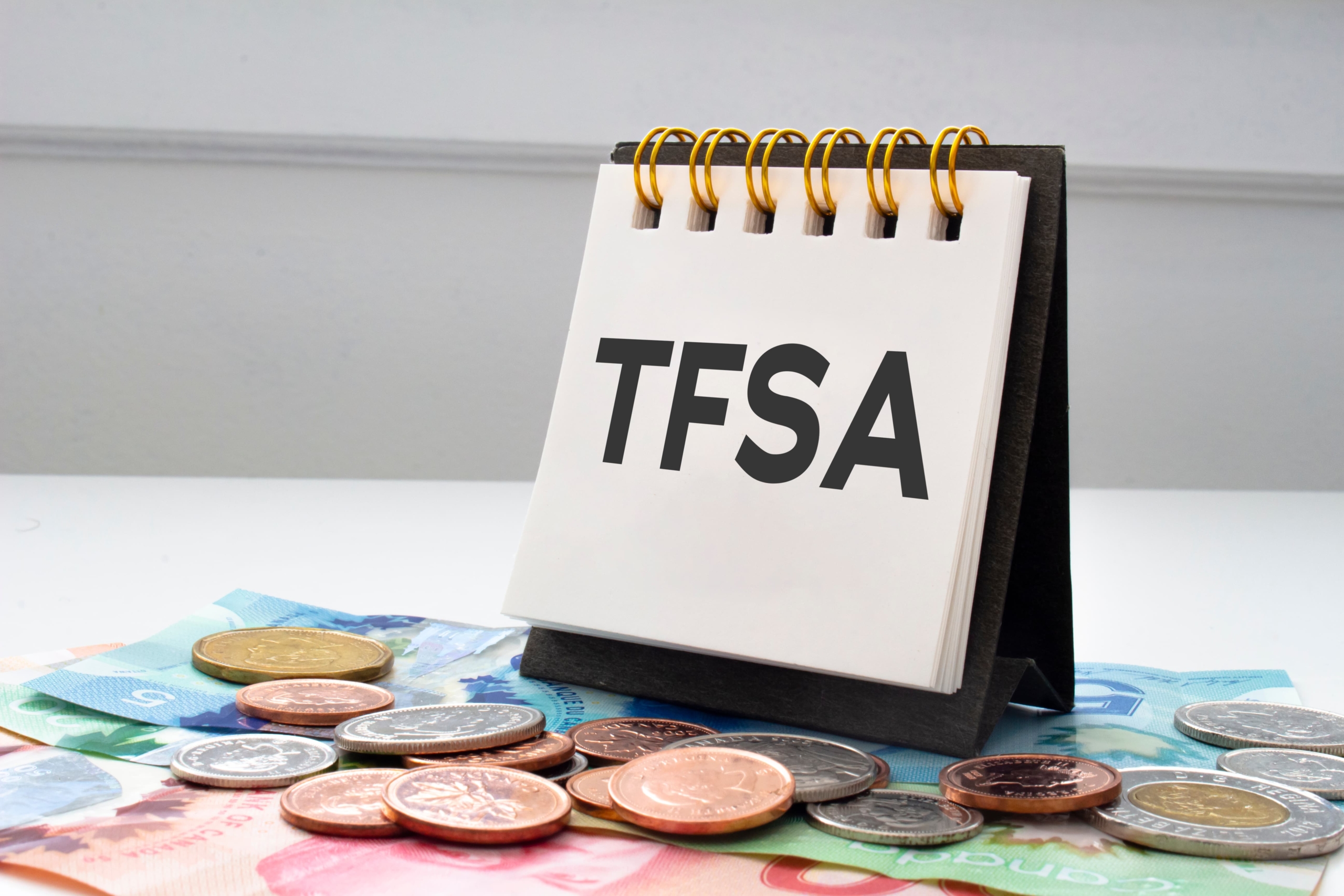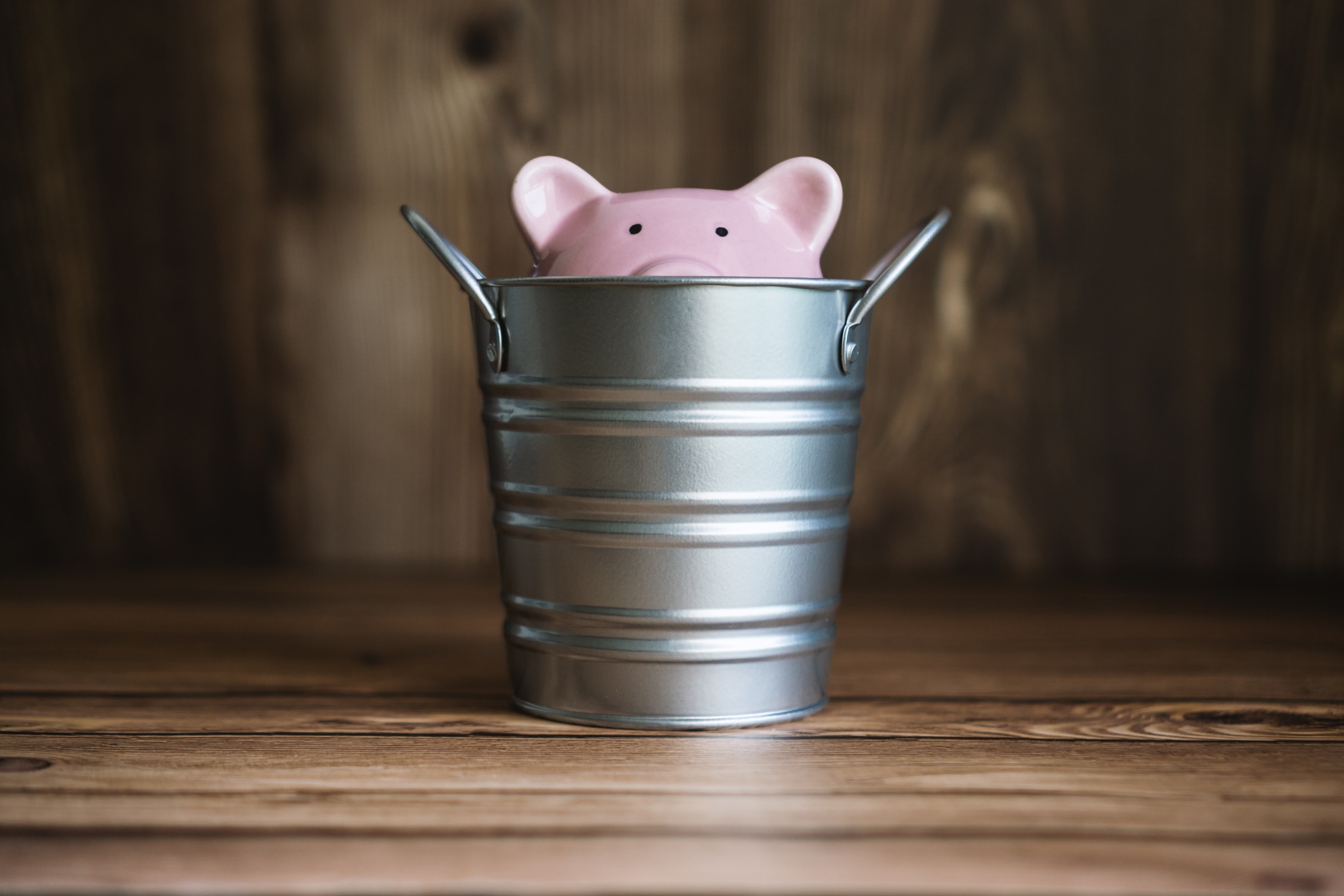5 Options for Generating Cash Flow in Retirement
Consider the following scenario: You have put years of effort into your university or college education, provided for your family, and paid for household expenses. Years later, you now find yourself in retirement. Shifting from a life of generating an income to relying on investments and savings for your financial needs is one of the most challenging aspects of this chapter.
Fear not, however, as we’re here to help! Here are some key points to consider about cash flow, along with how to generate it when in retirement.
What is Cash Flow?
Cash flow refers to how much money comes in and out of your pocket each month. You can also think about it as a way of seeing your income compared to your expenses. If you are expecting potential risks associated with retirement, such as inflation or interest rates, you may want to increase your cash holdings. Medical costs and unexpected events may result in financial stress, so it’s important to ensure that you have enough assets to cover such expenses.
Why Is Retirement Cash Flow Important?
Having a clear understanding of cash flow in retirement is critical to ensure financial security in this chapter of your life. Here are a few reasons why you should invest the time to plan for your cash flow activities in retirement:
- By looking at the sources of income and expenses, you will be able to assess whether your investments, pension plans, and retirement savings will be sufficient to maintain your preferred lifestyle.
- A solid knowledge of retirement cash flow can help you allocate the necessary funds to manage unexpected situations like large medical bills, home repairs, or other unforeseen costs. With proper retirement cash flow planning, you will be able to address the issue without jeopardizing your financial stability.
- Knowing that you have a comprehensive financial plan for your retirement years will give you peace of mind and allow you to enjoy your life without constantly worrying about money.
How Much Cash Flow Do You Need?
When it comes to how much money you will need to comfortably retire, there is no one-size-fits-all solution. The exact amount will depend largely on your desired lifestyle, regular expenses, and even the global economic situation. However, you will likely be most comfortable by having saved ten to 12 times your final working year’s salary. Don’t forget to take into consideration your goals and retirement timeline, annual salary and potential raises, inflation, investment portfolio, and potential healthcare expenses.
How to Generate Cash Flow When in Retirement
Next, if you’re seeking a means of cash flow generation as a senior, here are some suggestions:
1. Income Investing
Income investing allows you to generate funds for your cash flow requirements. These funds are accumulated through interest from investment-grade bonds and stock dividends. Not all dividends can be trusted, however; look for profitable, blue-chip companies that are well managed. These companies should maintain their payouts during difficult times.
For example, if you’re looking at Canadian businesses, they should have held their payouts during the 2008 to 2009 recession. Additionally, research enterprises that have strong competitive positions in growing industries. The dividends from these organizations will typically range between 2% and 6%. Of course, don’t overlook those that pay lower yields. At the same time, be cautious of high-yielders because they may be exposed to risks like dividend cuts.
Other popular options for income investing in Canada include the Registered Retirement Savings Plan (RRSP) and the Tax-Free Savings Account (TFSA), both of which offer valuable tax benefits.
2. Using Home Equity
If you own an upscale residence, you might want to consider downsizing or relocating. If this is not feasible, a home equity loan or a reverse mortgage can help access the value within your property. This can serve as an alternative if you’re short on funds. If you move into a senior living facility, for instance, your property may be worth enough equity-wise to pay off any debts you have while also offering extra funds.
3. Annuities
With an annuity, you can receive a regular cash payout throughout your life. Note that annuity payouts are influenced by interest rates and mortality. However, bear in mind that the longer you wait, the more the payout rates will improve. When purchasing an annuity, the money used to acquire it is not visible in a conventional asset mix. Due to the annuity’s assurance of reliable cash flow for life, you should be able to raise the equity in your remaining portfolio for a higher return.
4. The “Bucket” Strategy
This approach allows you to protect yourself against multiple return risks by dividing your portfolio into two “buckets.” Your day-to-day income, for instance, would come from a safe, low-risk bucket made up of cash and high-quality short-term bonds. Your higher-risk investments will stay put in a second, longer-term bucket where they won’t be touched unless the markets take an unexpected tumble.
Try to keep at least five years’ worth of cash flow requirements in reserve by utilizing short-term bonds and bank deposits. In the event of an economic downturn, your long-term investments will have five years before they must be sold at a profit. When your short-term bucket gets depleted, try replacing it with a medium-term bond near maturity or sell long-term assets at a favourable price in order to restore your reserves.
5. Withdrawal Strategies

One popular strategy involves setting a predetermined “withdrawal rate.” For example, it is often recommended to withdraw 4% of your retirement savings each year, with an adjustment for inflation.
How to Plan Your Retirement Cash Flow
Without a doubt, transitioning from earning income to relying on your investments and other potential sources of income to meet your financial needs can be stressful. However, there are certain proactive steps you can take to gain confidence and clarify your retirement cash flow plan.
1. Determine Your Retirement Expenses
Determine the regular expenses and monthly spending you can expect in retirement. Next, divide these expenses into essential ones (property taxes, food, healthcare, etc.) and non-essential ones (travel, hobbies, entertainment, etc.). Don’t forget to include federal and provincial taxes and add an inflation factor to account for the increased cost of goods and services in the future.
2. Find Your Guaranteed Income in Retirement
List all guaranteed income sources during retirement, such as rental or annuity income, and find your retirement income gap. This can be calculated by subtracting your guaranteed income from your expenses.
3. Create a Retirement Plan
Finally, identify the withdrawal rate or percentage that will cover the retirement income gap and create a monthly withdrawal strategy from your investment portfolio. If you need help coming up with a detailed financial plan for your retirement, you can always speak with a financial advisor or a broker specializing in senior lending.
Create a Stress-Free Retirement Plan with Seniors’ Lending Centre
Need a hand with your cash flow plans? Our team of experts at the Seniors’ Lending Centre is here to assist you in making informed, stress-free financial decisions. Contact us today or fill out our no-obligation quote form.








